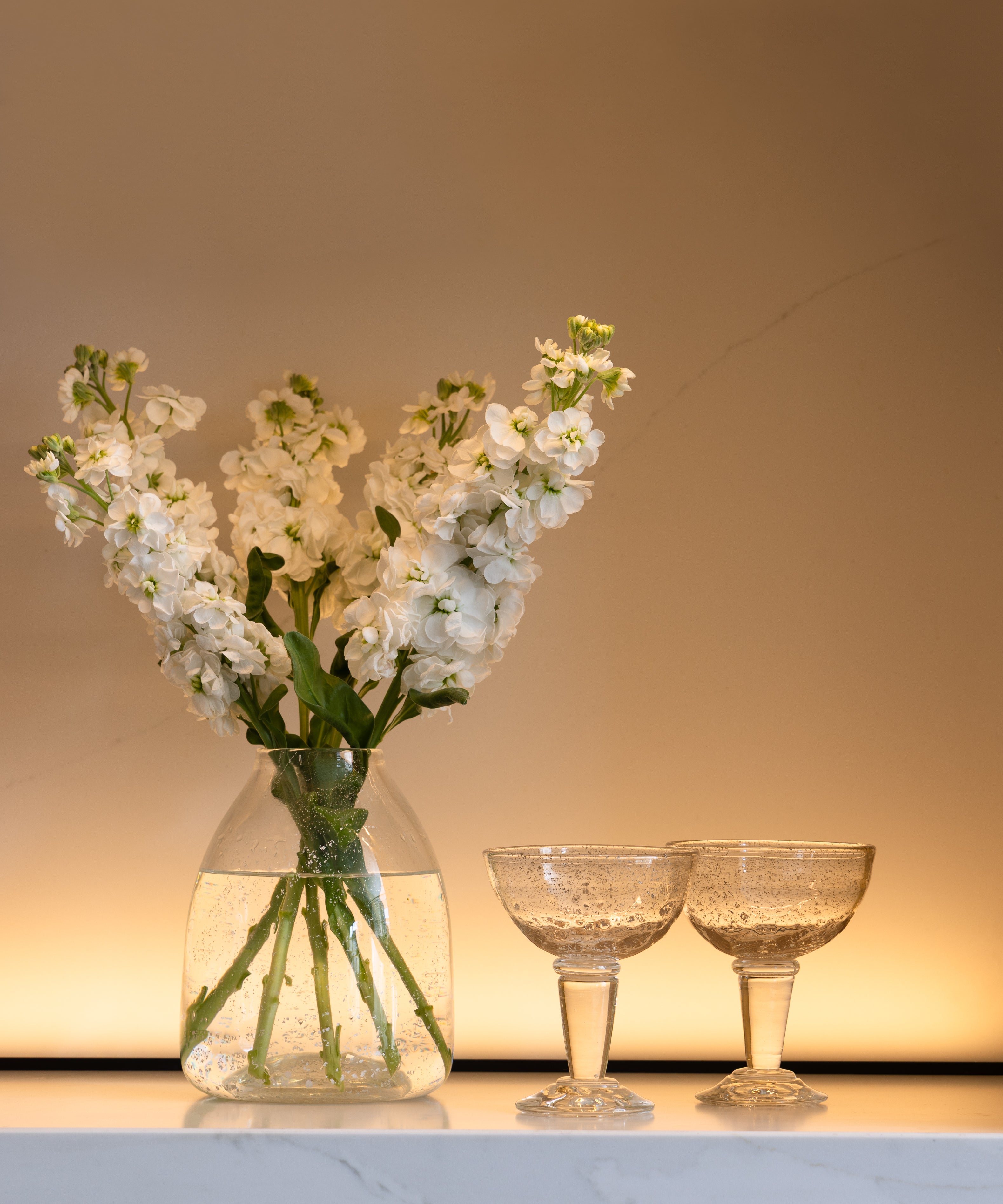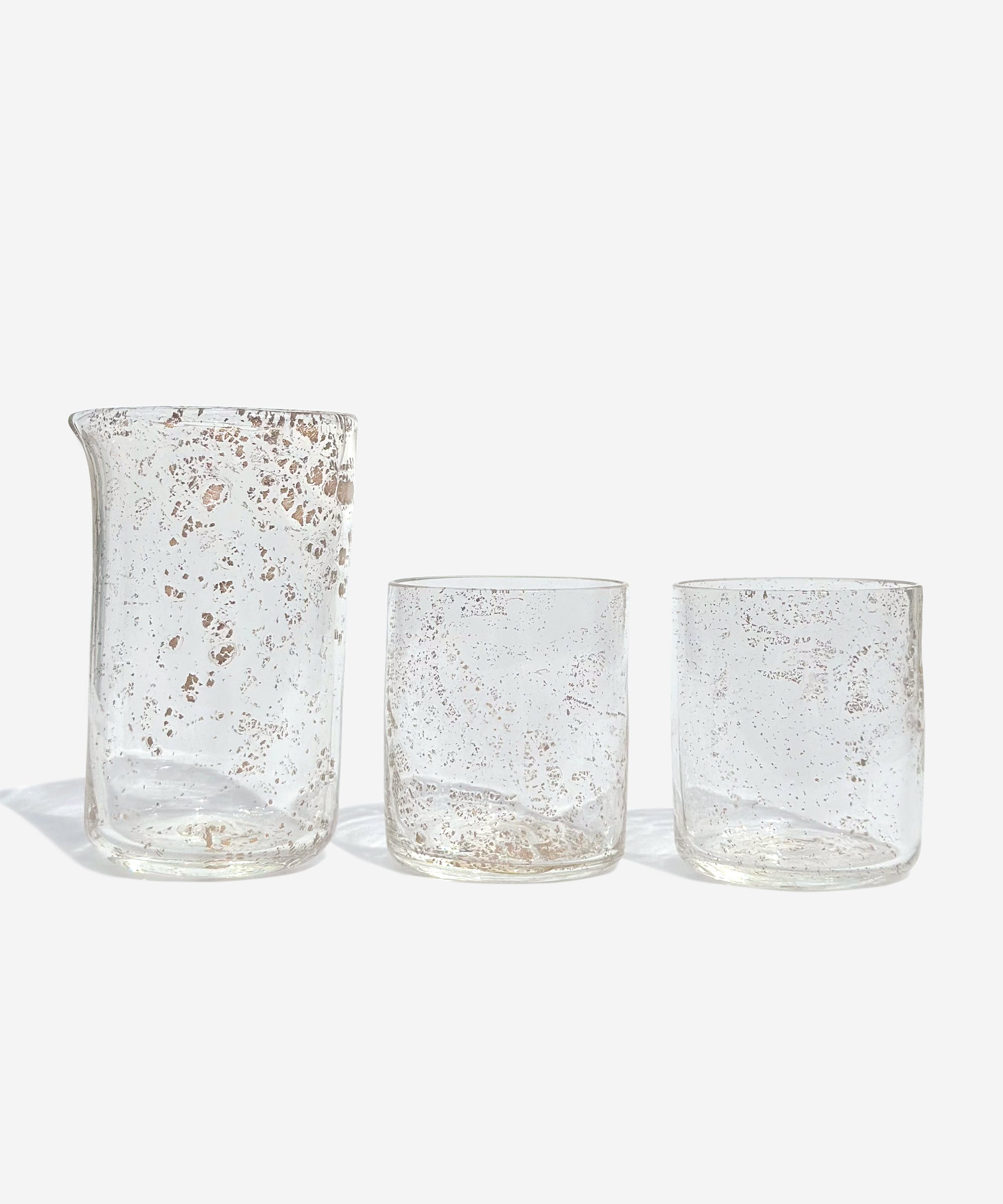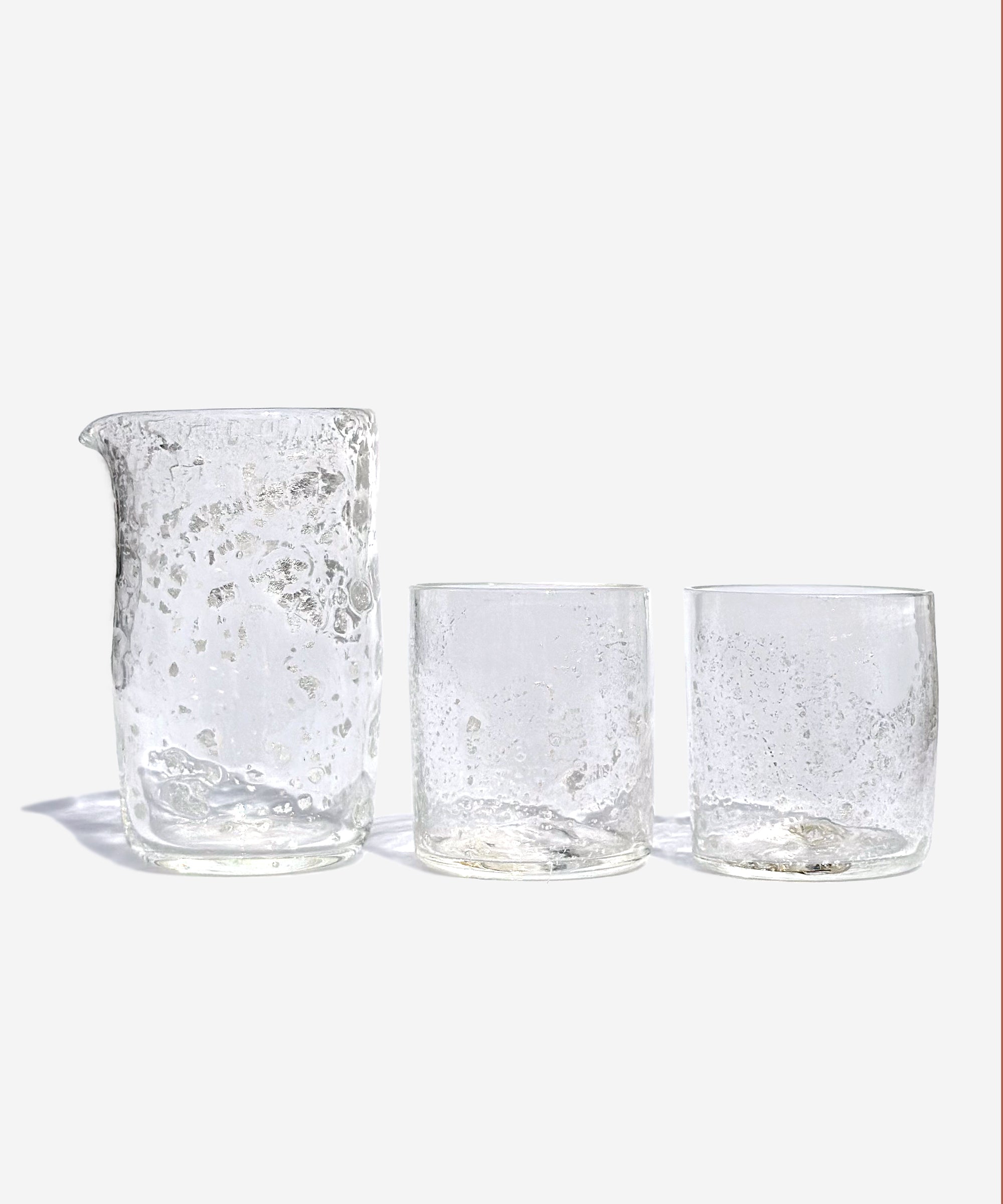What exactly is circular design
By Abdur Rehman Cheema
Here at Molten 1090
Circular design thinking underpins our approach to creating products that are beautiful and considered in their purpose and design.Taking the initiative
The modern world has seen the evolution of businesses that are masters of linear design—make products, use products, dispose of products—which could be forgiven 100 years ago when we had yet to discover the deep impact that this approach would have on our planet. However, with the knowledge that we now have, if we were to do it all over again, many posit that a circular approach would, or at least should, be the standard.
Incredible leaders like Ellen MacArthur and Tim Brown (The Circular Design Guide) have taken the initiative in forging a path where circular design is not just a nice to have, but a must. Something that every business should actively be working towards to support the expansion of a circular economy.
What is a circular economy you may ask? A circular economy is a systemic approach to economic development designed to benefit businesses, society, and the environment.[1] An economy that is not relying on an ever-depleting source of raw materials, but instead is creating products that nourish the system they are created within—one where waste is designed out of product manufacturing and materials are kept in use.[2]
Our view is that any business producing a physical product needs to consider how the design and production process can be adapted to take continuous steps towards operating an all-encompassing circular design strategy. A couple of brilliant and inspiring examples of this in action are our friends and neighbours at E.L.V. Denim and looking further afield, Dan, David and Laureen Barber’s progressive rural-farm restaurant—Blue Hill in New York.
E.L.V. Denim are a guiding light when it comes to a circular design mission and designing waste out of their production process. They look at every step of their process and work to find ways to minimise or avoid waste. The denim they use would otherwise have ended up as waste in a landfill somewhere.
The leather labels of their jeans are remnants or cut-offs from belt making company Tura London. Their own scrap denim is further recycled either to textile programmes at local schools and universities or to the local community.
They even collaborate with an artist who uses denim scraps in his art to create beauty out of something that we have become used to being discarded without value. Sustainability is at the core of their business model and constantly motivates them to continue to push design boundaries.

Blue Hill’s esteemed chef, Dan Barber, has a long-term vision of sustainability and wants a revolution in the kitchen and at the farm. His food manifesto ‘The Third Plate’ argues for a radical shift in what our standard plate of dinner should look like—less meat, more great-tasting vegetables. A seed to table philosophy where a cook has a duty to know the farmers providing their ingredients, to be actively involved and by natural selecting for taste.
Another Barber initiative was the thought-provoking wastED pop-up concept. In 2017 it came to London and operated from the rooftop restaurant at Selfridges. The project was devoted to capturing food that would normally go in the bin: a utilisation of waste. Foods that through the virtues adopted by food chain actors are wasted. For example, portion sizes and our cycles of eating. It also expanded the definition of what is food waste. Ugly fruit,
by-products, juice pulp, stalks…
For us at Molten 1090 it is an inspiration that the best creations can often be made from the wasted.
When building the Molten 1090 brand - Laura, our Creative Director, had front of her mind how to design products that minimise waste, consider environmental impact and support a community. A natural consequence of operating a bespoke, commission-based business (Laura Elizabeth Glass) is the trial and error that happens with each new design. Creating pieces that do not become part of the final commission and often cannot be sold. While this is somewhat of a necessary evil with commissions, with our sister brand Molten 1090 we were able to embark on the journey of change and learning around circular design.

“This circular-by-design process drives efficiency from the start as we are forced to design ‘better’ to ensure we can stay true to our values.”
Designing better
When embarking on the design of a new collection Laura will consider both the initial products as well as a final product in the collection. The importance of this approach cannot be overstated as it enables waste to be designed back into the products.
In most making processes there is extra material. One person's waste is another's gold. We work with the question: how can the first product feed the final product? We don’t want the result to be disconnected from the first product and thus design each element in tandem.
We have design parameters to push us to design better through a circular-by-design approach:
- Using raw elements such as metals, wood etc, to create textures and colour palettes.
- No coloured glass.
- Having a recycle strategy in place before producing products to ensure excess glass has a use.
The final product will always be a limited-edition piece that is created from the excess glass discarded during the making process of all other pieces in the collection. For example, the FLECK collection started with the design of tumblers (the first product) and a limited-edition lamp table (the last product in the collection). This lamp table will utilise the excess glass created during the making of all other FLECK products.
This circular-by-design process drives efficiency from the start as we are forced to design ‘better’ to ensure we can stay true to our values.


Making and nurturing
It is widely acknowledged that glass is one of the most sustainable materials, however not all glass can be recycled, and the production of glass requires energy to produce extremely high heat levels. To minimise our carbon footprint as much as possible, we make all our products here in the UK and ensure all our packaging is made with 100% recyclable materials (some of which has already been recycled). You can explore more about our packaging partner Tiny Box Maker and how they strive to continue evolving their commitment to sustainable practices.
Working with independent makers in the UK, we can build and nurture close relationships with our makers, providing them transparency of the process from beginning to end so they are also brought into the journey of minimising our environmental impact.
A circular future
The circular economy and subsequently circular design is an ever evolving landscape that Molten 1090 is committed to being an active participant within. There is still so much more to do, and we know we can play a role in helping accelerate the transition from the outdated ‘make, use, dispose’ model to a circular future.

[2] https://www.weforum.org/agenda/2020/12/circular-economy-examples-ikea-burger-king-adidas/






